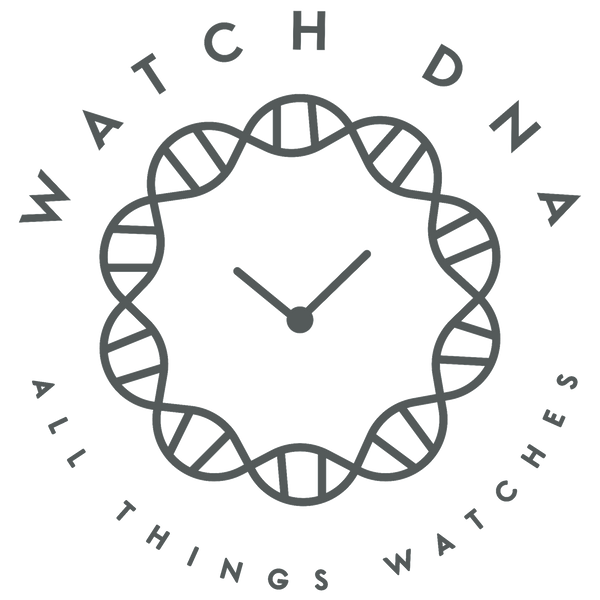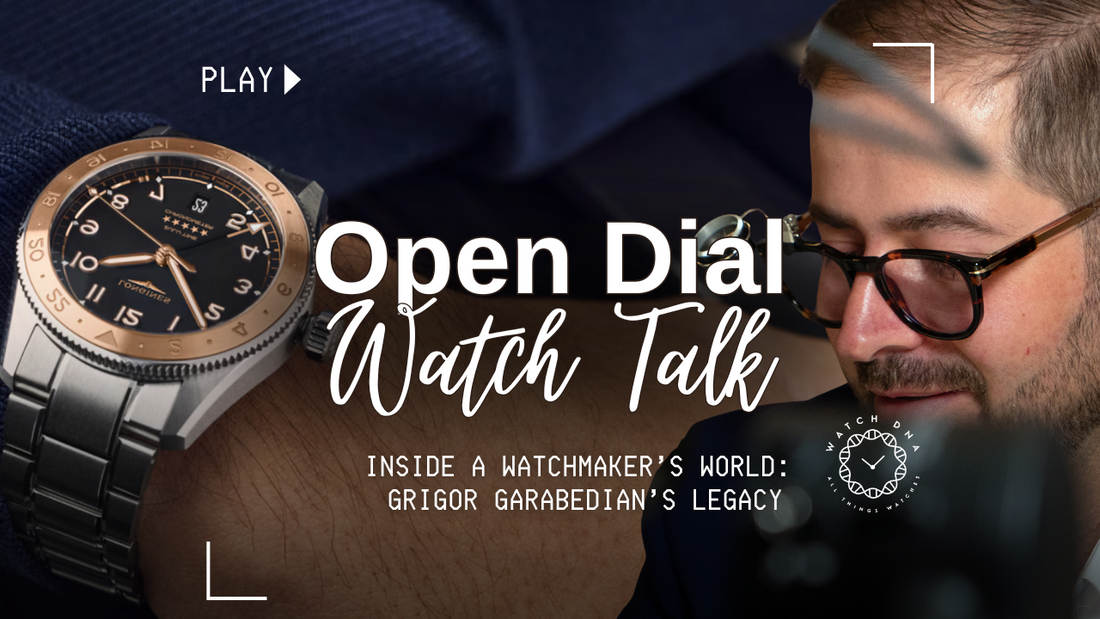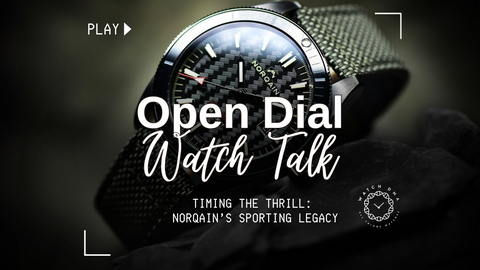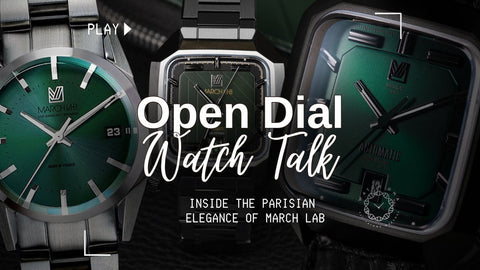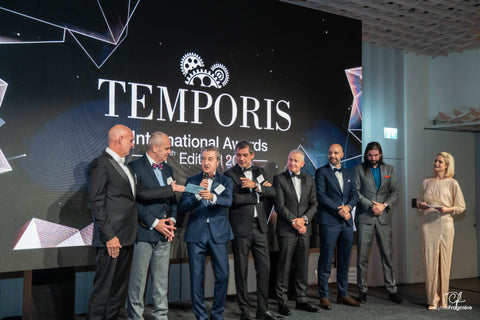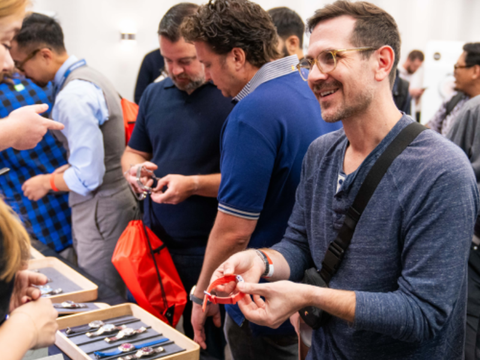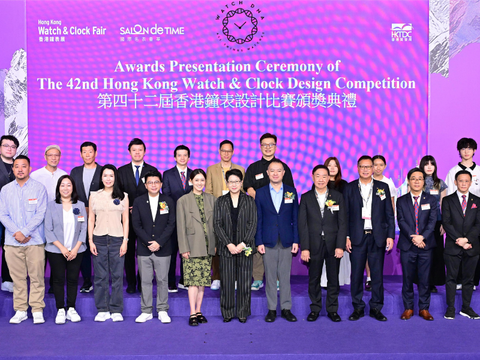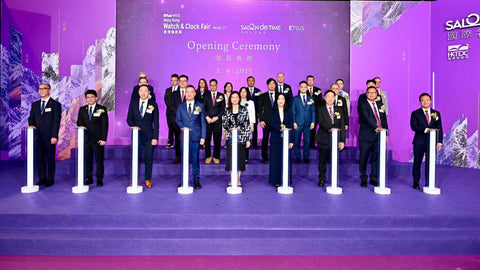At the Canadian Watches & Jewelry Show in Montreal, we had the pleasure of sitting down with Grigor Garabedian, National Director of Service Operations, Head Watchmaker, and Fine Jewelry & Timepieces specialist at Birks Group.
For us at WatchDNA, watches are more than objects — they are stories, memories, and legacies. But without watchmakers, there would be no stories to tell. That’s why this conversation with Grigor was so important: to highlight both the passion behind the craft and the crucial role of training the next generation of horologists.
A Homegrown Passion for Watchmaking
For Grigor, this year’s show carried a special meaning:
“Having a show in Montreal, or more precisely in Laval, my hometown, is very exciting. It’s great to see the interest in watches growing in Canada. Events like this bring people together and allow for meaningful connections.”
His journey began at the National Watchmaking School of Canada, where he first honed his craft. Over the years, his dedication led him to Birks, where he now leads as Head Watchmaker and Director of After-Sales Service.
The Essential Role of Watchmakers
When asked about the challenges in the industry, Grigor was clear:
“For the success of the watch industry as a whole, we need watchmakers. They are essential not only for selling and adjusting timepieces, but also for maintaining them. A watch is meant for a lifetime and then some. It becomes a family heirloom — but only if it’s cared for properly by professionals.”
This perspective underscores a vital truth: the future of watchmaking depends on skilled artisans. Without them, both the industry and the emotional value of watches would be diminished.
Passing on the Passion
Watchmaking isn’t just a career for Grigor—it’s a passion he shares at home. Smiling, he revealed how he involves his son:
“When I purchase a new watch, I tell him, ‘I’m not buying this for me; I’m buying it for you. I’ll just hold on to it for now.’”
This intimate ritual reflects how watches transcend generations, serving not only as instruments of time but also as symbols of heritage, milestones, and family stories.
Looking Ahead
As Grigor mentioned, the National Watchmaking School of Canada is undergoing a process of renewal to make the program stronger, better marketed, and more accessible—even beyond Canadian borders. Such efforts are critical if the industry is to meet the demand for trained professionals in the coming decades.
At WatchDNA, we share this belief: education and training are key to sustaining the art of horology. By inspiring the next generation, we ensure that the stories carried by timepieces live on.
Final Thoughts
We thank Grigor for sharing his insights and his passion. His message is clear—watchmakers are the backbone of the industry, and investing in their education ensures the survival of an art form that connects past, present, and future.
For more stories about watchmaking, movements, and the people who bring them to life, visit WatchDNA.com/Watchmaking.
